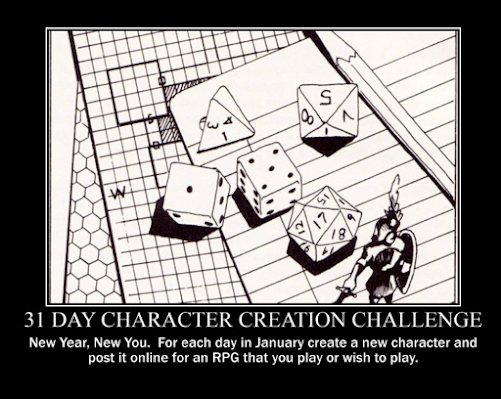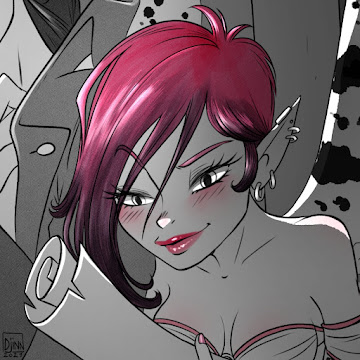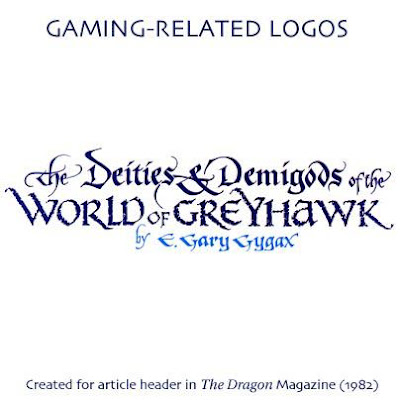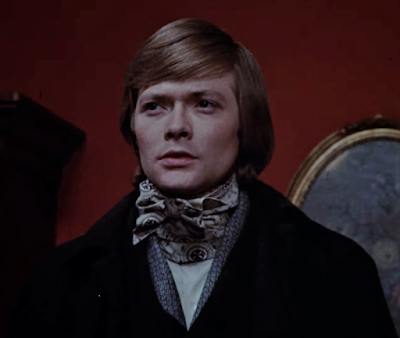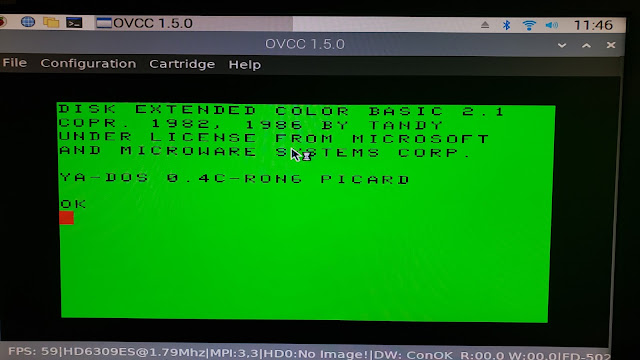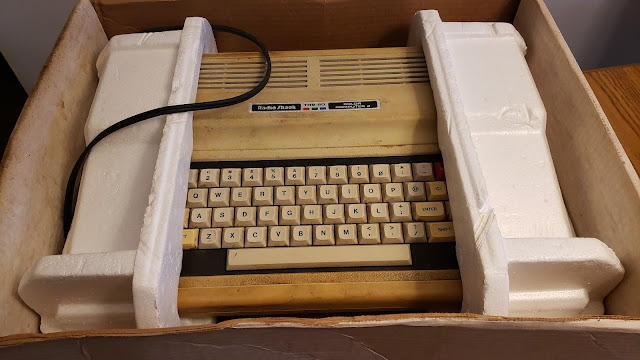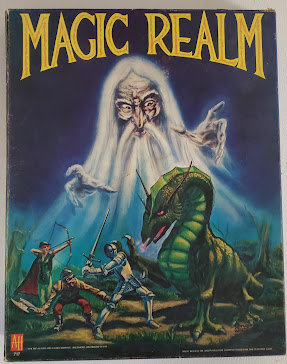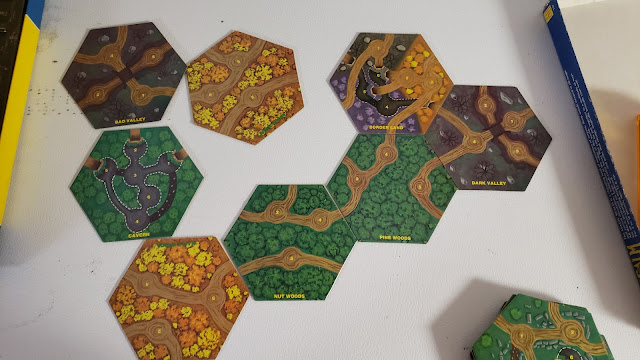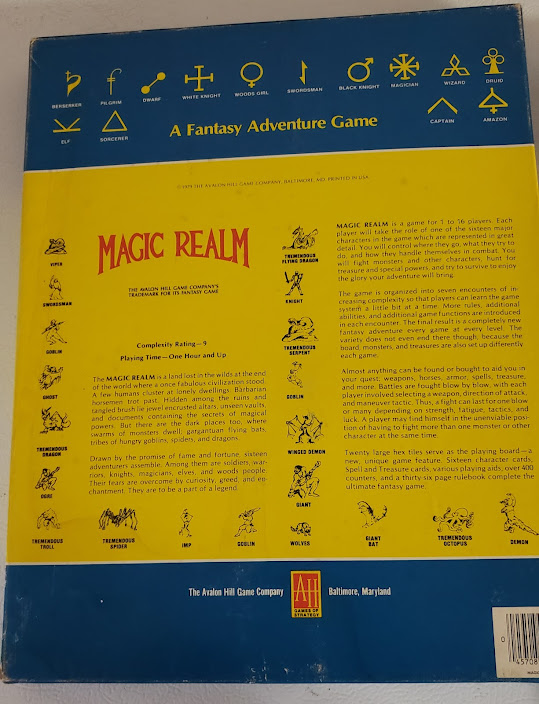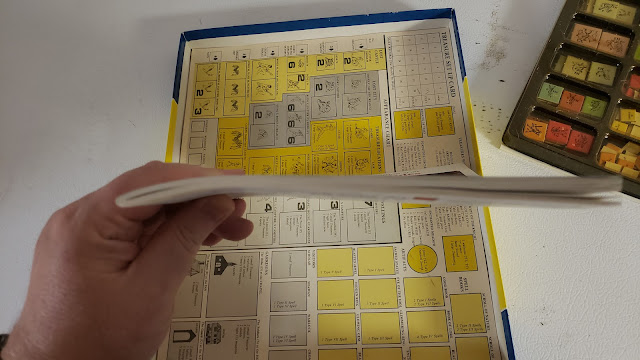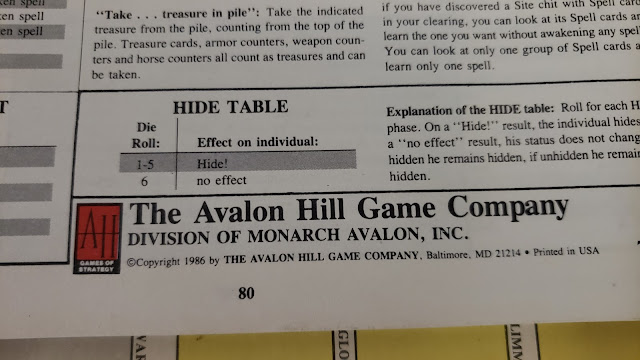Another social media-inspired post today. My wife was reading something on Geek Girls and she got very excited about the idea of there being border-lands in Hell. Which naturally got us talking about my Demons for Basic Bestariy III. Not knowing anything about the D&D Blood War, she thought the idea of multiple demonic species in "Hell" a really fun idea. She was really excited when I mentioned that my Basic Bestarity Demons come in 12 different species, or what I am calling Lineages.
What D&D calls unique devils I refer to as the "Baalseraph" or the Devil Lords. These are the ones that fell to Hell after losing the War in Heaven. Each Baalseraph is unique and each one had a previous name from when they were spirits of good.
Today I want to investigate both of these topics and also show why I also like using OGC monsters. In this case, I am updating "Amon" from the Tome of Horrors Complete from Necromancer Games and Frog God Games.
Aamon, Grand Marquis of Hell
"Amon, or Aamon, is a great and mighty marques, and commeth abroad in the likeness of a Wolf, having a serpents tail, [vomiting] flames of fire; when he putteth on the shape of a man, he sheweth out dogs teeth, and a great head like to a mighty [night hawk]; he is the strongest prince of all other, and understandeth of all things past and to come, he procureth favor, and reconcileth both friends and foes, and rule forthy legions of devils."
- Johann Wier (1583) Pseudomonarchia Daemonum.
Large Fiend (Diabolic, Baalseraph)
 Frequency:
Frequency: Unique
Number Appearing: 1 (1)
Alignment: Chaotic [Lawful Evil]
Movement: 180' (60') [18"]
Armor Class: -2 [21]
Hit Dice: 22d8+44****** (143 hp)
Large: 22d20+44****** (165 hp)
To Hit AC 0: 6 (+14)
Attacks: 1 weapon or 2 claws, 1 bite
Damage: 2d6+6 (+3 weapon, +3 strength) or 1d6+3 x2, 1d8+3
Special: Baalseraph powers and immunities, magic resistance (75%), regeneration (3 hp/round), spell-like abilities, summoning, teleapthy 100 ft. (see below)
Save: Monster 22
Morale: 12 (NA)
Treasure Hoard Class: XVI, XII (G,K)
XP: 16,250 (OSE) 16,750 (LL)
Str: 19 (+3) Dex: 17 (+2) Con: 16 (+2) Int: 18 (+3) Wis: 16 (+2) Cha: 18 (+3)
Aamon, also called Amon and Nahum, appears as a wolf-headed humanoid standing 9’ tall. His fur is brownish-black and his eyes and teeth are yellow. His great clawed hands are brownish in color and covered in shaggy fur. He has a long tail like a snake.
Aamon is a vassal in service to Geryon, commanding no less than 3 legions of bone devils and 40 legions of lesser shedim (devils) on his home plane in Hell. Amon wields a +3 great-mace with two hands. He can also bite in the same round for 1d8+3 hp damage. If pressed he can attack with his two massive claws instead of his sword. Amon is only harmed by +3 or better weapons. Amon is very strong (STR 19), receiving +3 to hit and damage in melee combat. He regenerates 3 hp per round.
Aamon has the following spell-like abilities, usable at will: animate dead, charm monster, detect invisibility, detect magic, dispel magic, fear (as the spell), fly, geas, know alignment, polymorph self, produce flame, read languages, read magic, suggestion, teleportation, wall of ice, and limited wish (for another being only). In addition, one time per day he may employ a symbol of hopelessness and gate (60% probability of success) 1d4 bone devils. He is able to summon all wolves in a 1-mile radius and control them to do his will.
Like all Baalseraph, Aamon has the following damage modifiers. He takes no damage from fire (mundane, magical or dragon), normal weapons, or poison (ingested). He is immune to the effects of mind-affecting magics like charm, ESP, hold, and sleep. He takes half the damage (and saves for no damage) from cold, electricity, and poisonous gases. Finally, he takes full damage (or saves for half where applicable) from acid, magic missile attacks (or similar magical energy), blessed, magical, or silvered weapons. He has magic resistance of 75%.
Prior to his fall, he had been the spirit known as Nahum, which means "who induces to eagerness." He was summoned as an impartial judge in disputes between friends. Now as one of the fallen he creates strife between friends.
As a Grand Marquis Aamon commands his troops to fend off the hordes of invading Asuras, Calabim, Tarterians.

--
Aamon is not just a great example of a Grand Marquis, he is a great example of an OGC monster. He is used in Pathfinder, Swords & Wizardry, Advanced Labyrinth Lord, and others along with its original use in AD&D.
Section 15 for this monster follows:
Open Game License v 1.0a Copyright 2000, Wizards of the Coast, Inc.
System Reference Document. Copyright 2000, Wizards of the Coast, Inc.; Authors Jonathan Tweet, Monte Cook, Skip Williams, based on material by E. Gary Gygax and Dave Arneson.
Swords & Wizardry Core Rules. Copyright 2008, Matthew J. Finch
Swords & Wizardry Complete Rulebook. Copyright 2010, Matthew J. Finch.
Tome of Horrors Complete, Copyright 2011, Necromancer Games, Inc., published and distributed by Frog God Games.
Amon from the
Tome of Horrors Complete, Copyright 2011, Necromancer Games, Inc., published and distributed by Frog God Games; based on original material by Author Scott Greene, based on original material by Gary Gygax.
I am choosing to cleave close to the original material and the OGC material because I feel that anyone using this monster (or later using the Basic Bestiary) to be able to slot him right into an ongoing game without too many "continuity errors." So I include his "mythological" background (description, legions controlled) and his "D&D" background (allegiance to Geryon). I also include more details that are solely from my own games (Baalseraph, borderland disputes).
My Aamon is expanded and changed, but I can see where you can use Amon and Aamon interchangeably. The ability to pick up one of my monsters and use them in any game is one of my main design goals.
Links
 Carl Kolchak
Carl Kolchak 